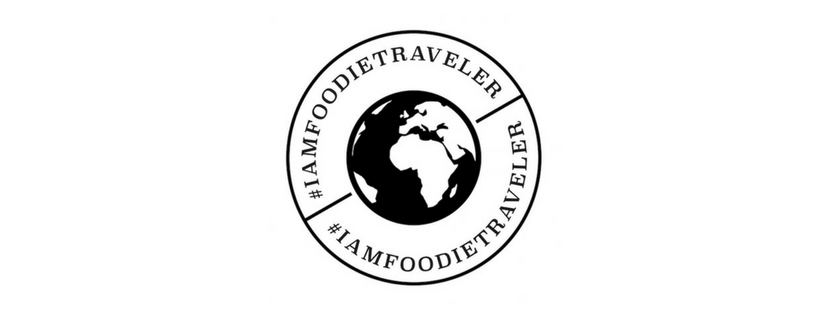Amsterdam, The History Of The First Financial Hub In The World
/How many of you know what Amsterdam stands for? What are the first 3 words that come to mind when someone says to you – A M S T E R D A M? Probably, it will be, party weed and Red Light District!
I will be completely honest with you, I always considered Amsterdam the pretty city with canals where you can go for the weekend and have tonnes of fun and great parties.
In fact, all this is true, but before all these, Amsterdam was the first financial hub in the world, the first stock exchange was built here and anyone that walks from the Central Station all the way to the Dam (city center, sort of say!) will notice the big brown building on the left side, with 4 different types of design – which used to be the commodity exchange.
The Amsterdam Stock Exchange is considered the oldest stock exchange in the world, and it started operating in 1602 with the oldest stock – the company called Dutch East India (Verenigde Oostindische Compagnie, symbol - "VOC")
As an employee in an asset management company, I am always interested to find out more about how the financial sector has been built over time and what are its origins, therefore when I heard there is a way to acquire new information about the financial history of Amsterdam, of course, I said yes. I took a tour which is around 2 hours and covered the most important locations in the financial history of Amsterdam. I had the opportunity to pass by the location of the old Stock Exchange (even though I see it every time I get out of Amsterdam Centraal Station, I never knew!) as well as the new Stock Exchange, Euronext. The next stop it was the location where Dutch East India Company had its headquarters and of course, finally, I got to see the building of all Dutch Central Bank and to discover that the financial industry at that time it was very well maintained by a powerful woman, something unseen in those times.
What I learned and is interesting to know is that at the beginning, Amsterdam was a fishing village where everyone cooperated in the building of a dam and exploited its “tax-free status” to become an important hub for transportation from the inland to the sea connecting both the Baltic and the Mediterranean seas.
Another interesting fact is that the reason why the Netherlands managed to master the Atlantic ‘bulk trade’ routes and later the ‘rich trade’ routes to Asia was a tradition of financial innovation. Not only were the joint-stock corporation, the permanent joint venture (often with government’s help) essentially invented in Amsterdam, but many of the ‘complex’ financial instruments that mud the financial waters today—derivatives such as options: puts/ calls, forward contracts and futures—were all innovated in the commodity/stock exchange just off Dam Square.
Most importantly, it’s important to emphasize on the migration of people into the Low Countries from the south - first Jews from Spain and Portugal, later Protestants and commercially-minded Catholics from Antwerp--that enriched Amsterdam’s capital stock. The migrants brought financial capital (funds), social capital (connections with traders in other markets), but most importantly, human capital: trading savvy professionals with hard skills.
Amsterdam is certainly a beautiful and cozy city, that can offer you an amazing chance to have a memorable weekend but are you ready to watch the city with different eyes now that you know its roots and how the financial and complex instruments have been born under all those tiny, but tall buildings?








